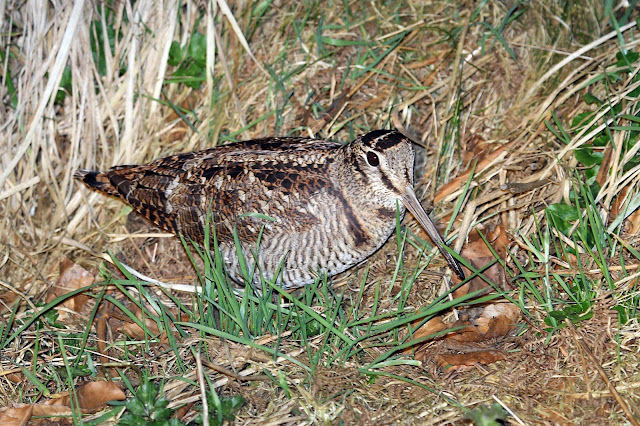This time last year we were caught-up in a veritable Waxwing fest. A flock of up to 100 birds graced the local town of Newbridge-on-Wye for nearly 4 months. During their stay they were tempted down to strategically placed apples and all bar a few were caught and fitted with unique colour-ring combinations courtesy of Raymond Duncan of Grampian Ringing Group. During the process several colour-ringed birds were identified that had been ringed elsewhere including four from Scotland and one from Norway. Unfortunately, because the local apple supply was so good, few of the birds left us to wander further south where they might have been snapped by eager photographers as happened a few years back when they last invaded Mid Wales. Most stayed local until mid April and then presumably just headed straight back without being re-sighted or photographed on the way.
This winter sadly has been Waxwing-less - in Wales anyway. Despite this there has been some Waxwing action though as I have been batting poor quality photographs backwards and forwards with birdwatchers in Northern Norway and Northern Sweden in an attempt to identify colour-ringed individuals intent on hiding their identity. It seems not even the Beast from the East could tempt these birds to leave their usual Northern haunts this winter as we received not one but two reports of ex Mid Wales birds over 2,000km north of where they had spent last March in temperatures as low as -22 degrees C! Colour-ring sightings from this far north are almost unheard of, especially in mid-winter!
First to be reported was an adult female ringed by me at Newtown College on 4th February 2017 that was photographed on 30th January 2018 in Hammerfest, Finnmark, Norway by Bodil Brox some 2,431 kms NE
Adult female originally ringed at Newtown College and then re-sighted in Northern Norway
Then, amazingly, another adult female originally ringed in Ballater on 18th December 2016 by Grampian Ringing Group (but next photographed by me in Newbridge on 8th January 2017 - 539kms S) was reported on 25th February 2018 at Pitea, northern Sweden (2,025 km NE) by Sture Sandberg.
Adult female, ringed in Scotland, re-sighted in Wales
and then re-sighted again in Northern Sweden
These sighting, so far north and in mid-winter, are exceptional and well worth all the effort spent catching and colour-marking these beauties last winter.
















